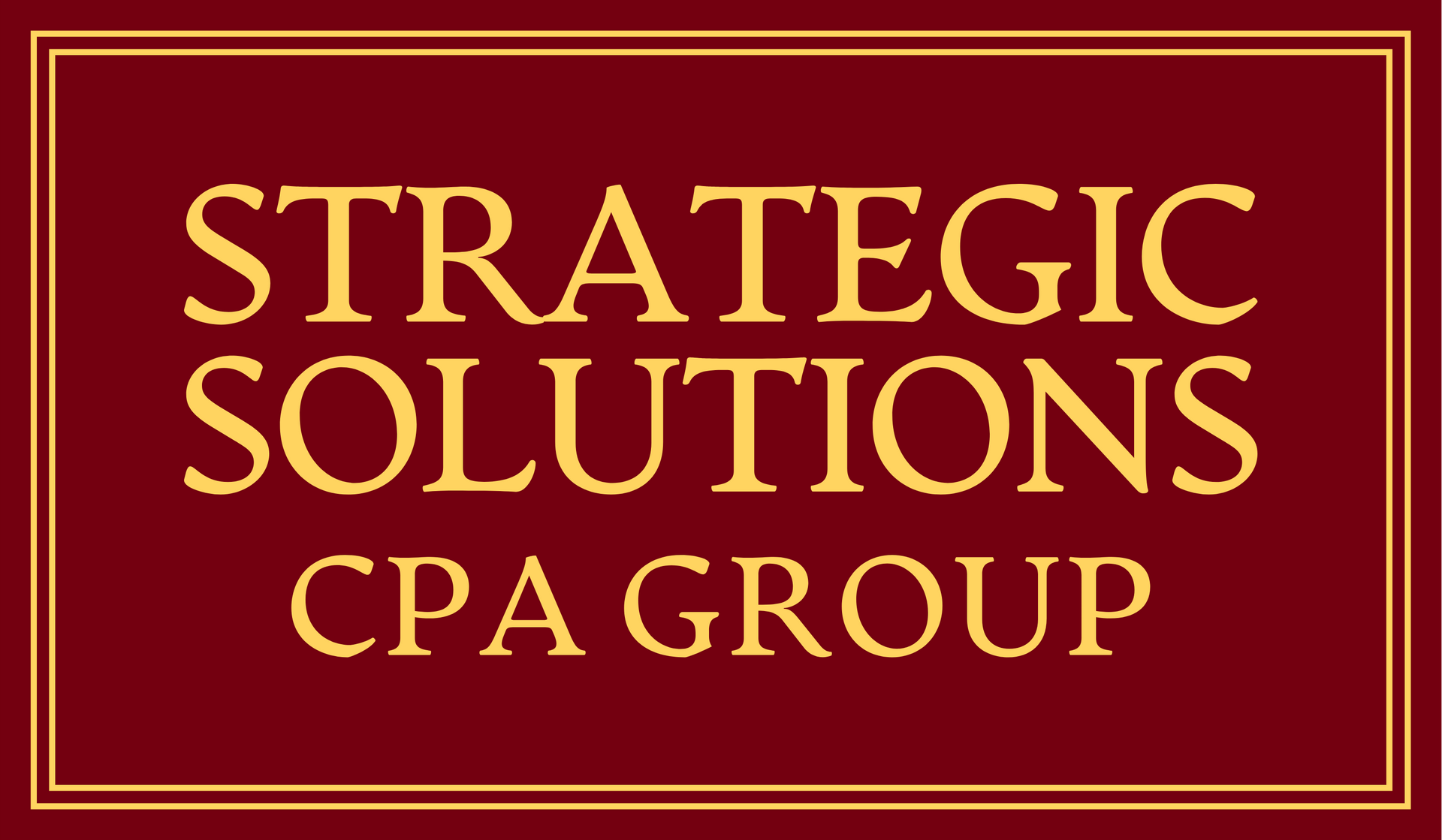Navigating the Seas of Financial Reporting: Implementing GASB 96 for Subscription-Based Information Technology
GASB 96

Title: Navigating the Seas of Financial Reporting: Implementing GASB 96 for Subscription-Based Information Technology
In the dynamic landscape of public sector accounting, the implementation of new standards is a common occurrence. GASB 96, focusing on subscription-based information technology (IT) arrangements, is one such standard that demands careful attention and strategic planning. Whether you are a government entity or an organization impacted by GASB 96, this blog post will guide you through the significance of the new standard and the key steps involved in its successful implementation.
**Understanding GASB 96: A Game-Changer for Public Sector Accounting**
GASB Statement 96, titled "Subscription-Based Information Technology Arrangements," brings a transformative change in how governments and entities report their IT-related transactions. It addresses subscription-based IT services, which have become increasingly prevalent in our digital age. GASB 96 seeks to enhance transparency, accountability, and consistency in financial reporting, ensuring that stakeholders receive accurate and relevant information about these arrangements.
**Why GASB 96 Matters**
GASB 96 matters for several reasons:
1. **Improved Transparency:** The new standard promotes transparency by requiring detailed disclosure of subscription-based IT arrangements in financial statements. This enables stakeholders to better understand the financial impact of these contracts.
2. **Accurate Financial Reporting:** GASB 96 sets guidelines for recognizing and measuring assets, liabilities, and expenses related to subscription-based IT arrangements. This promotes consistent and accurate financial reporting.
3. **Better Decision-Making:** With clear and comprehensive information, decision-makers can assess the financial implications of IT contracts, helping them make informed choices and allocate resources efficiently.
**Implementation Steps for GASB 96**
Implementing GASB 96 effectively is crucial for government entities and organizations. Here are the key steps to ensure a smooth transition:
1. **Assessment:** Begin by assessing the impact of the standard on your organization. This includes identifying subscription-based IT arrangements and evaluating their financial significance.
2. **Data Collection:** Collect and document all necessary data related to your subscription-based IT arrangements. This includes contract terms, costs, and any specific performance obligations.
3. **Classification and Measurement:** Apply the guidance provided by GASB 96 to classify subscription-based IT arrangements as either capital or operating leases. Measure the assets, liabilities, and expenses accordingly.
4. **Disclosures:** Ensure that you provide the required disclosures in your financial statements as per the standard. These disclosures should include lease information, the nature of services, and any restrictions or covenants associated with IT contracts.
5. **Internal Controls:** Strengthen your internal control systems to accurately capture and report subscription-based IT arrangements. This involves revising accounting policies, updating software systems, and training staff as needed.
6. **Communication:** Communicate the changes and their impact on financial reporting to relevant stakeholders, such as governing bodies, auditors, and financial statement users.
7. **Documentation:** Maintain comprehensive documentation of your implementation efforts, including records of lease agreements and relevant calculations. This will be crucial for audits and future reference.
8. **Review and Audit:** Conduct a thorough review of your implementation process, and consider seeking external audit services to ensure compliance with GASB 96.
By following these steps, your organization can successfully navigate the implementation of GASB 96 and adapt to the new reporting requirements. Moreover, you'll be better positioned to provide transparent and accurate financial information to stakeholders, enhancing trust and accountability.
In conclusion, GASB 96 represents a significant shift in how subscription-based IT arrangements are reported in the public sector. Its implementation requires careful planning, precise execution, and ongoing compliance. By embracing these changes proactively, you can better serve your constituents, make informed financial decisions, and uphold the principles of transparency and accountability in public sector accounting.


